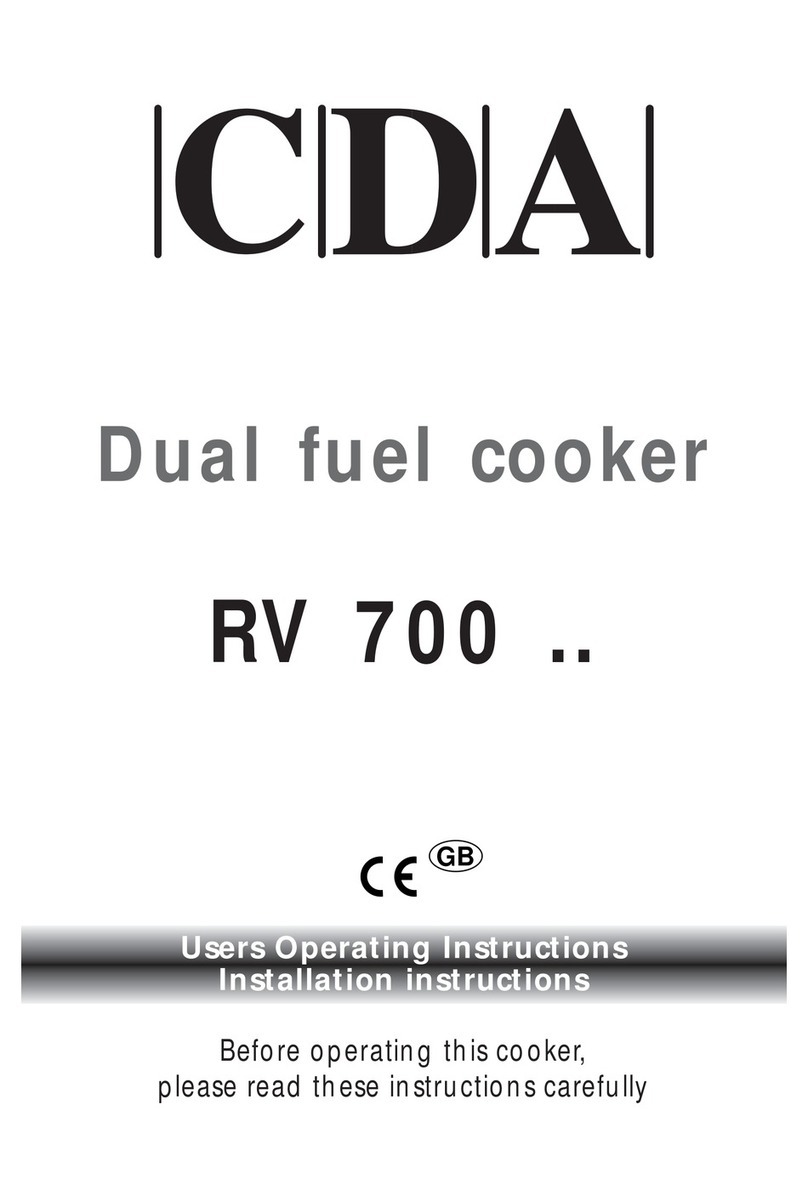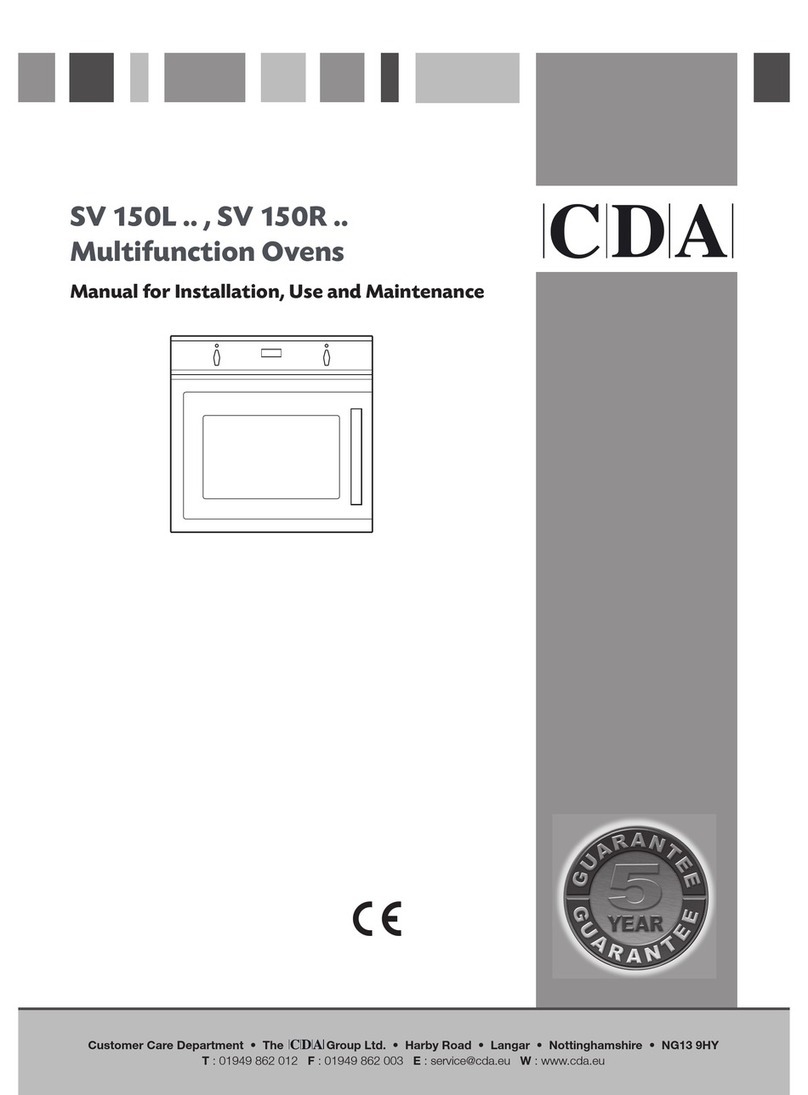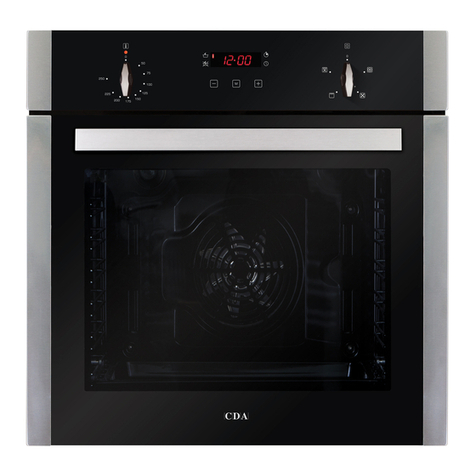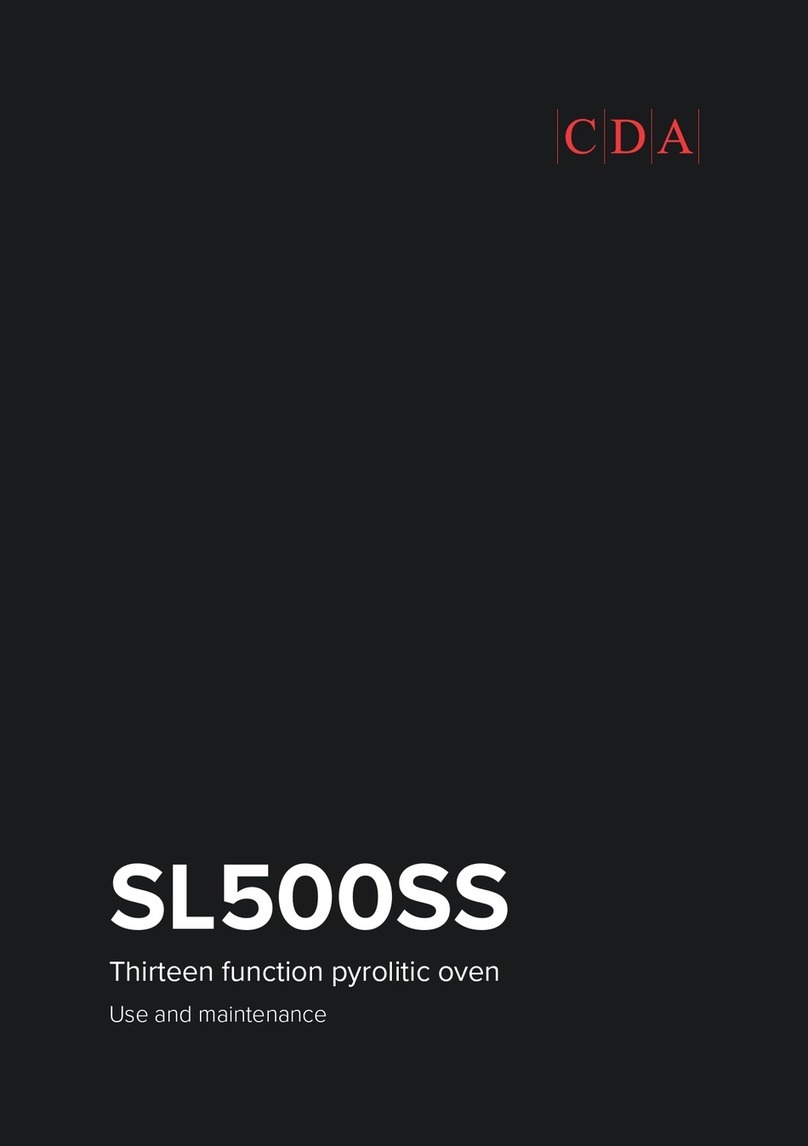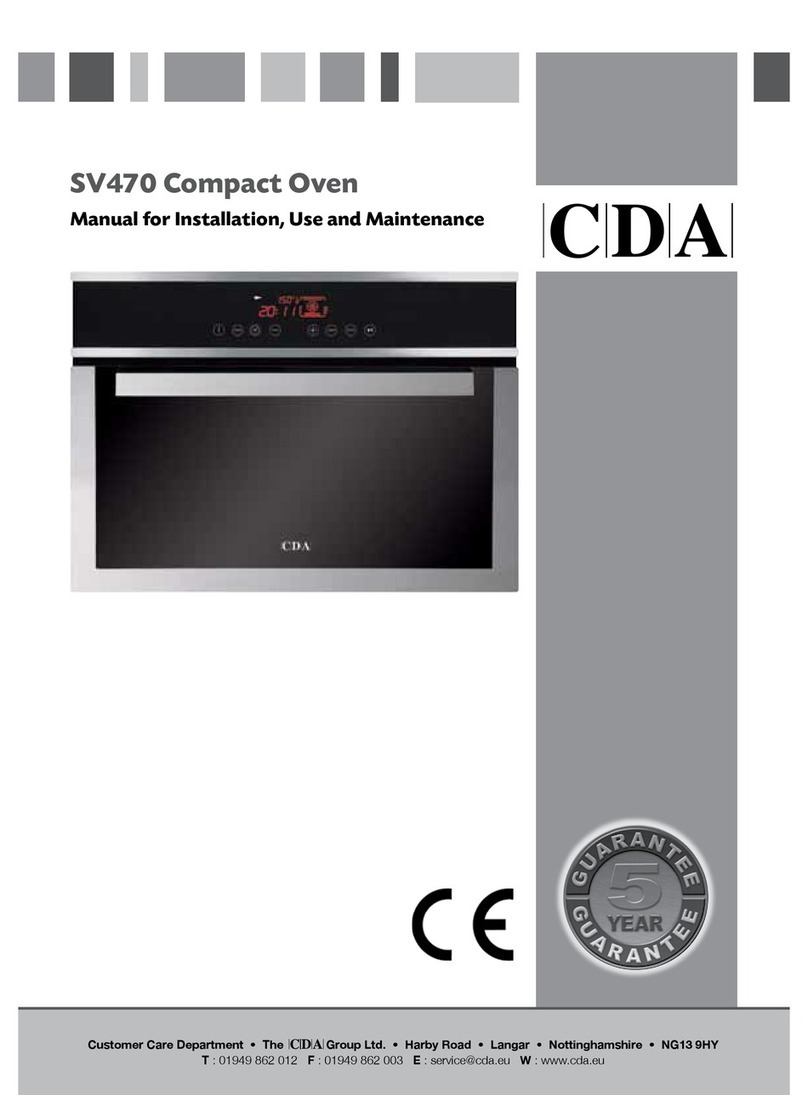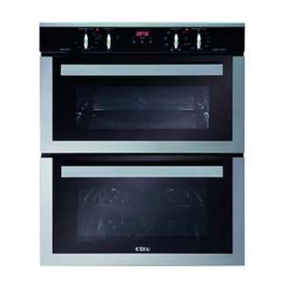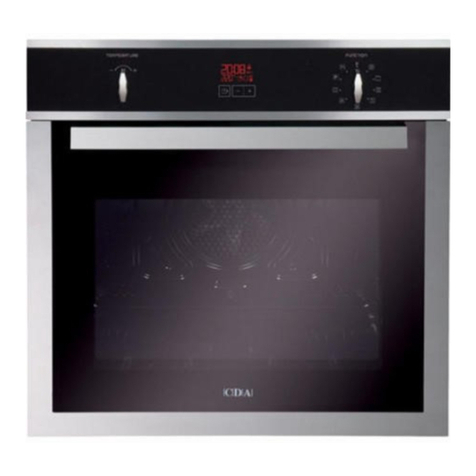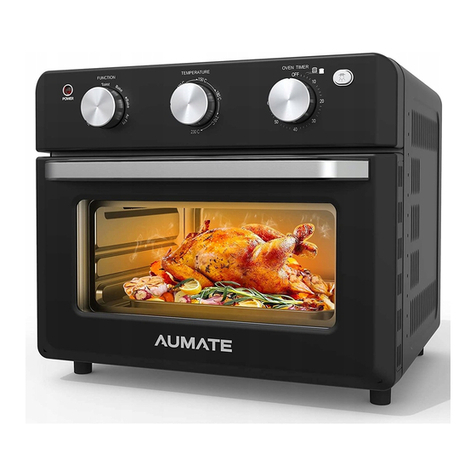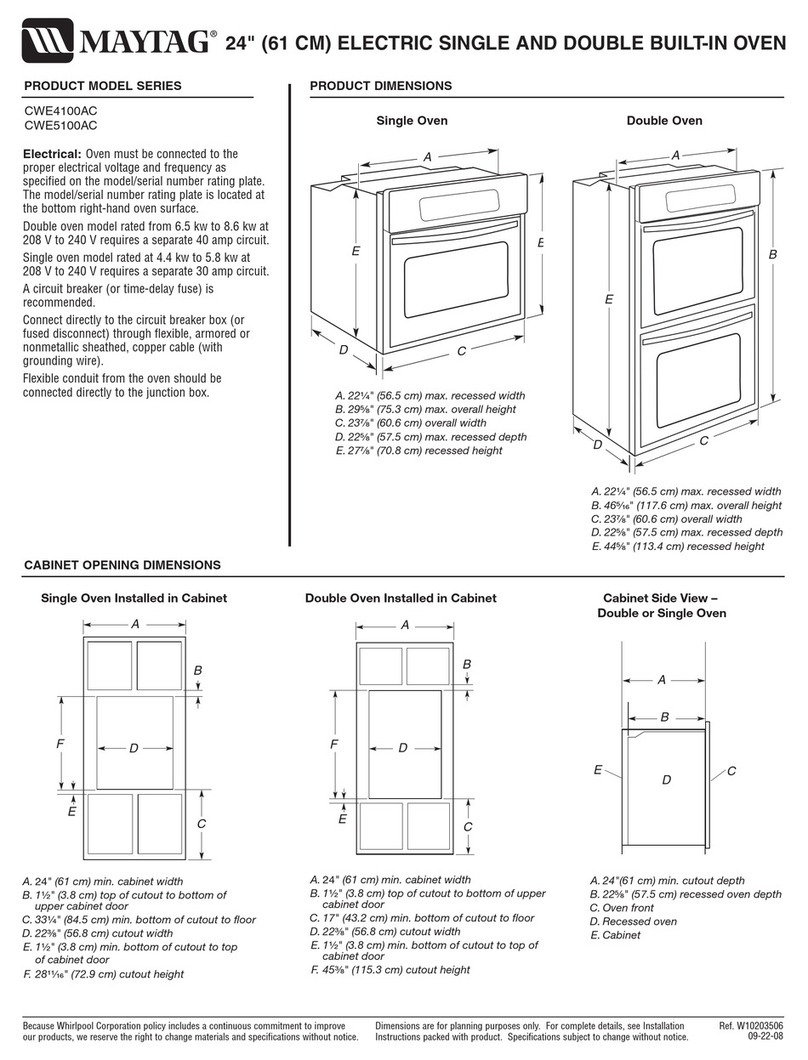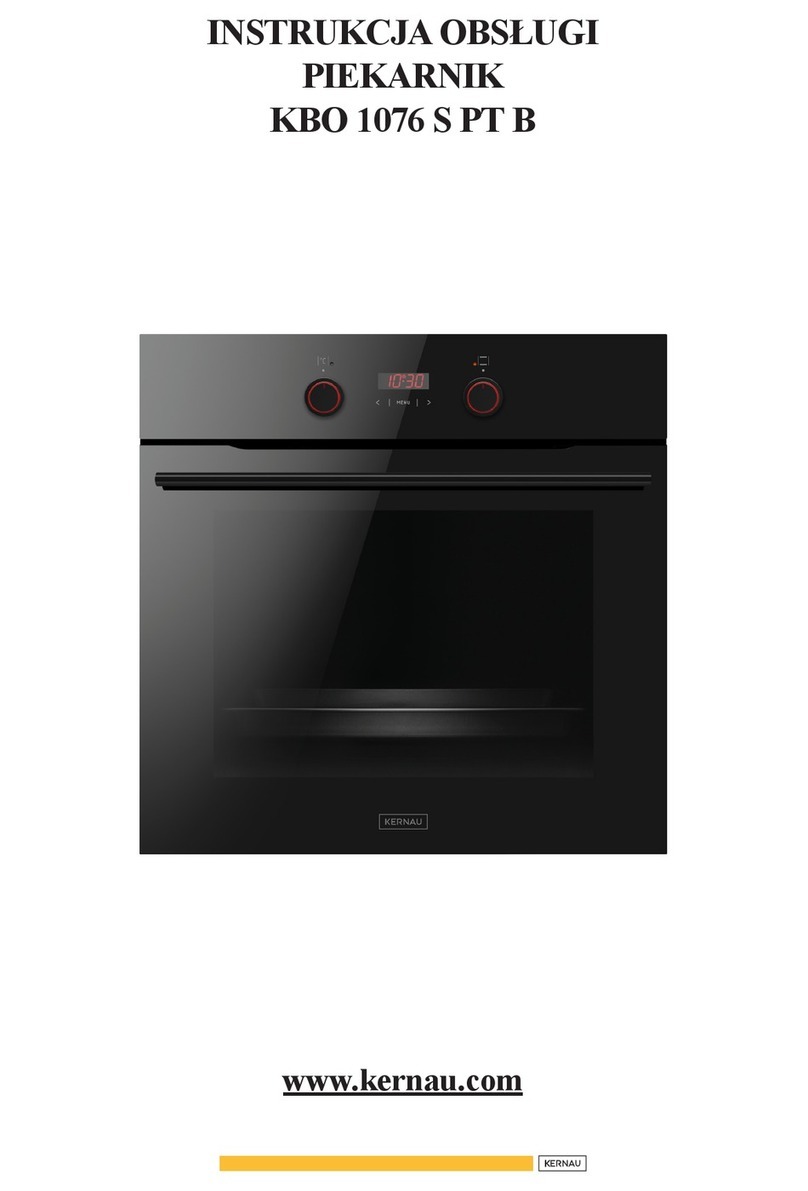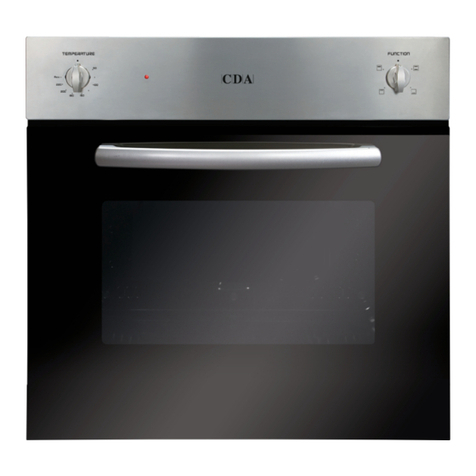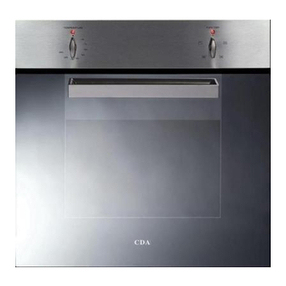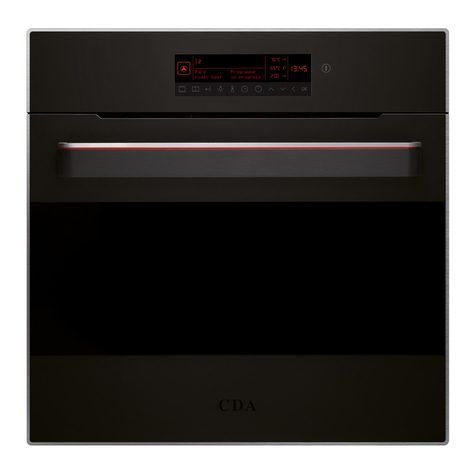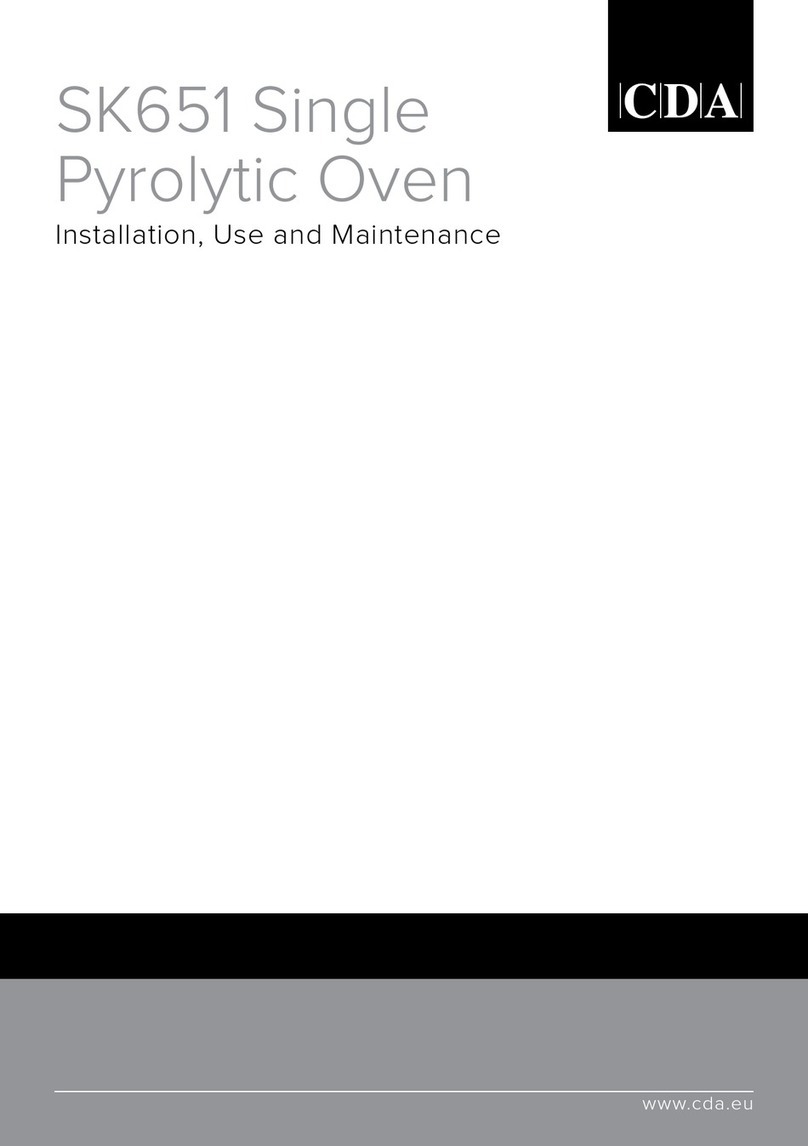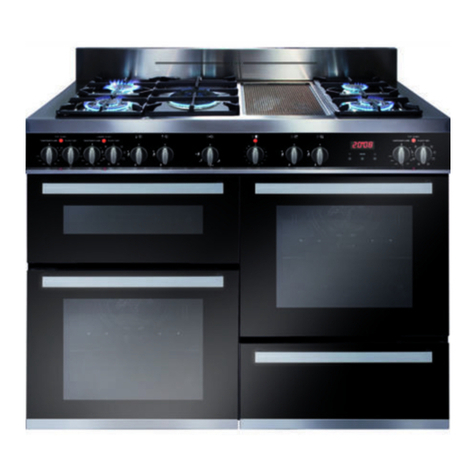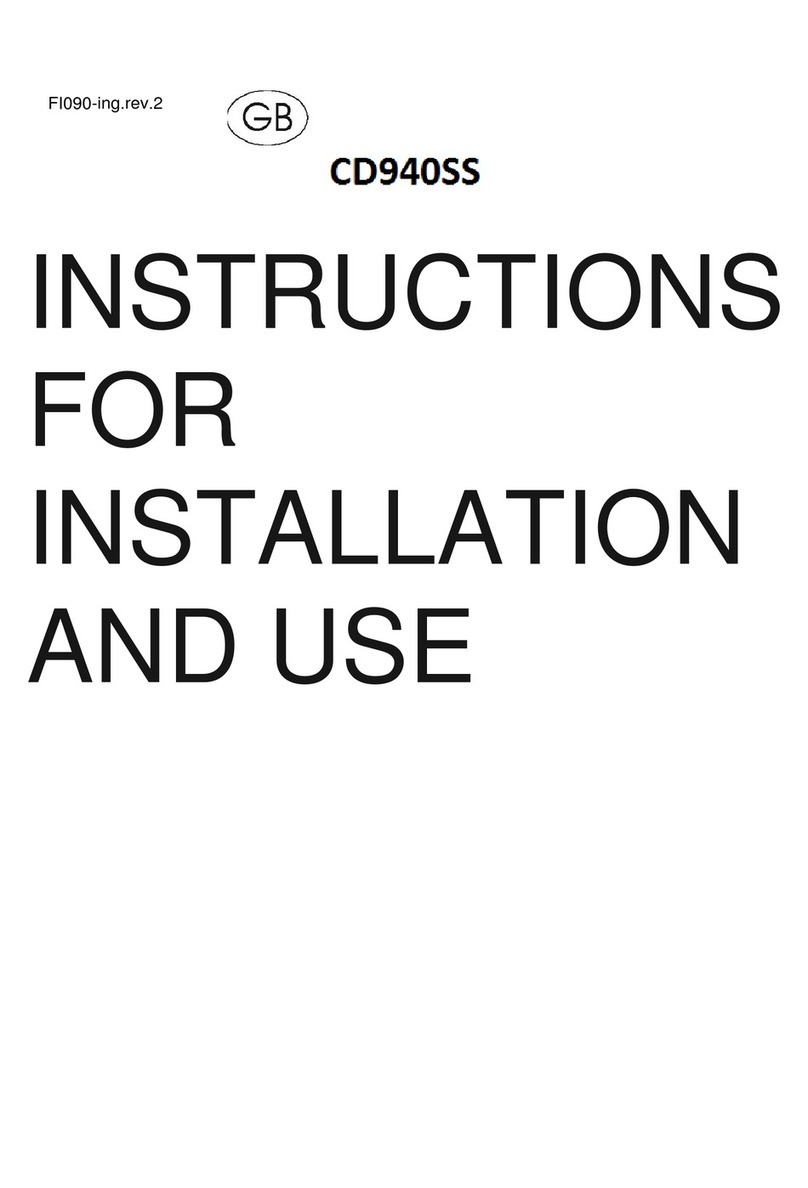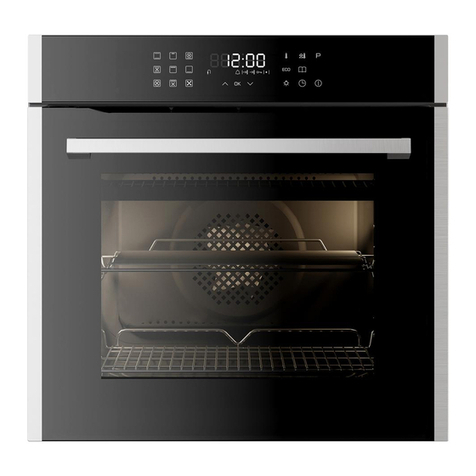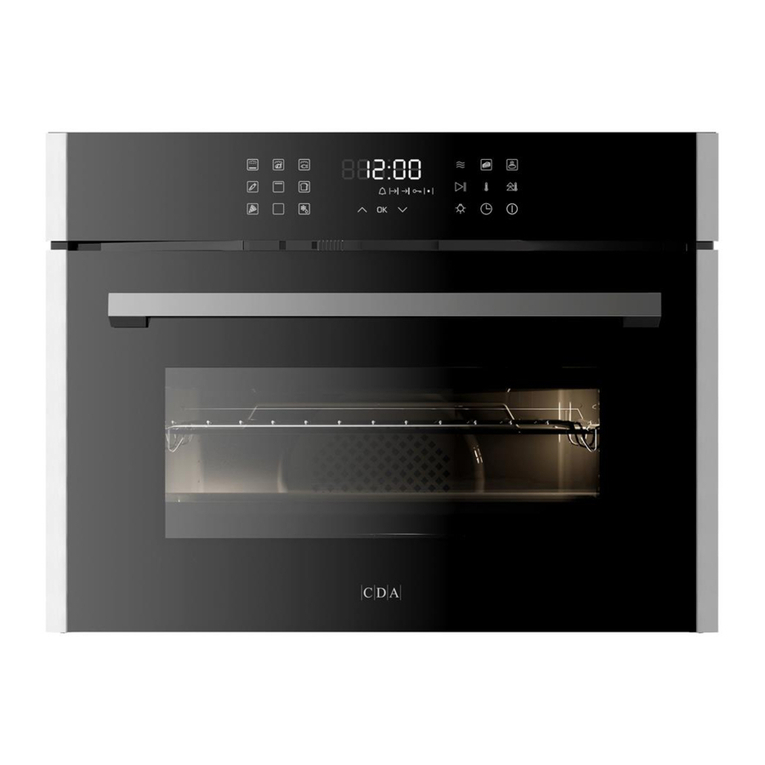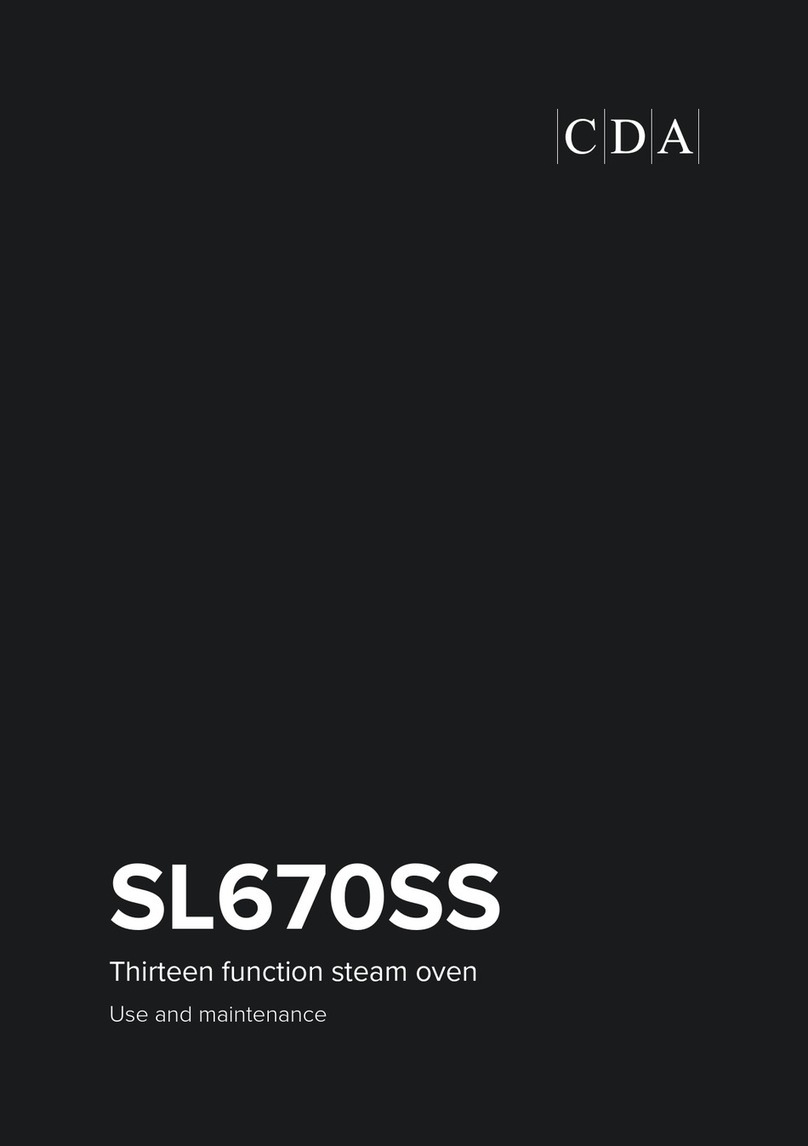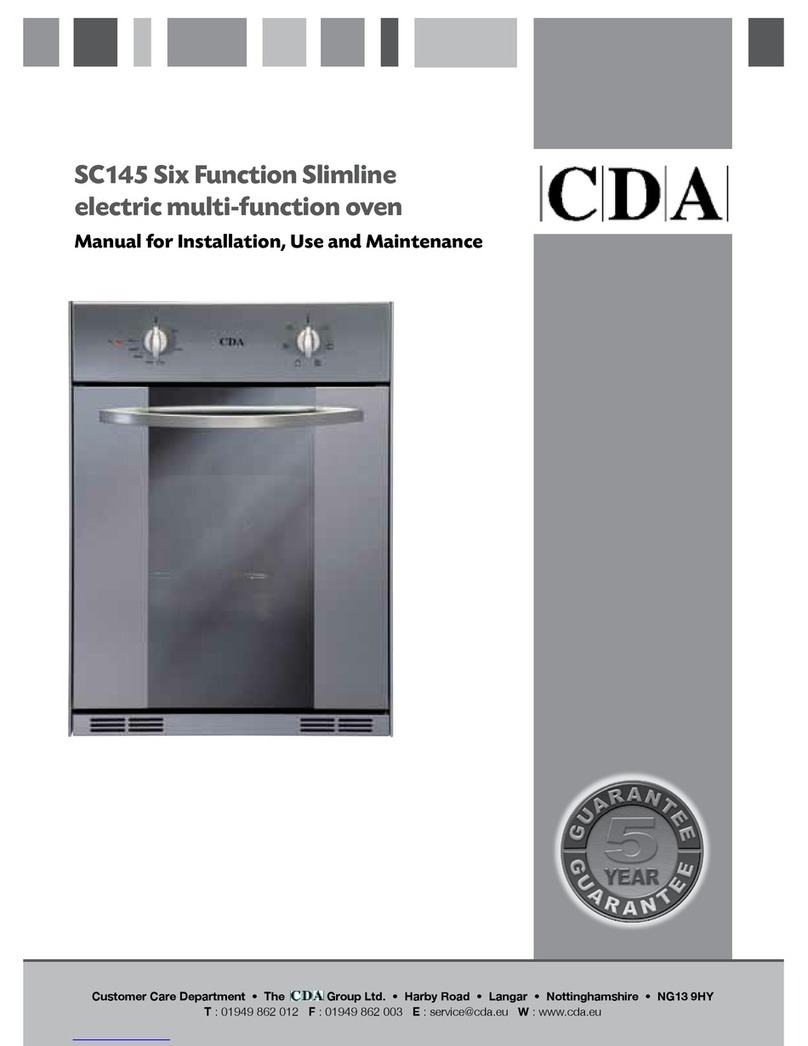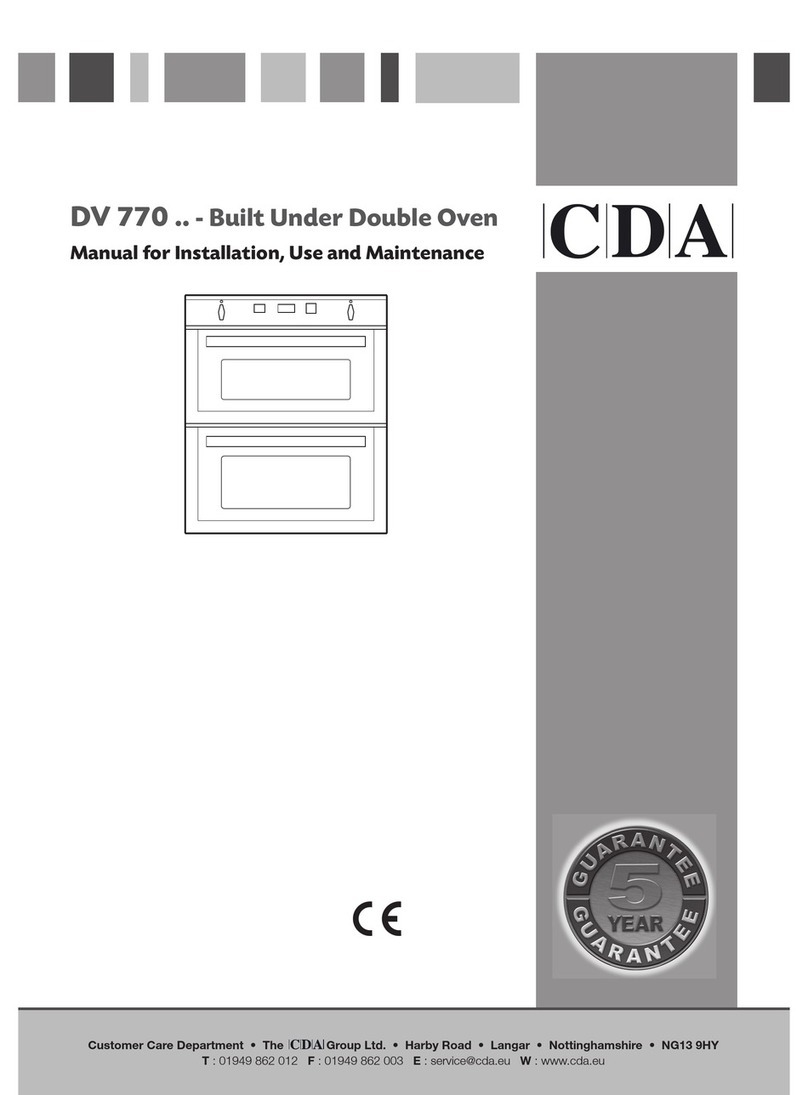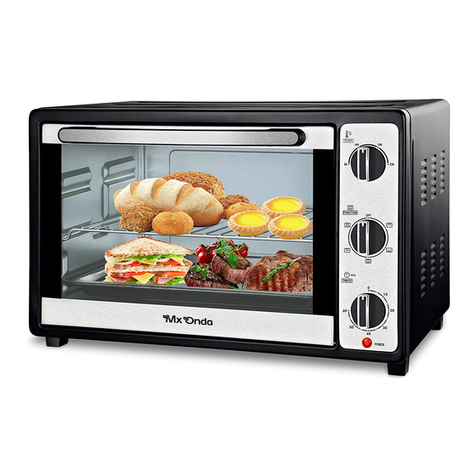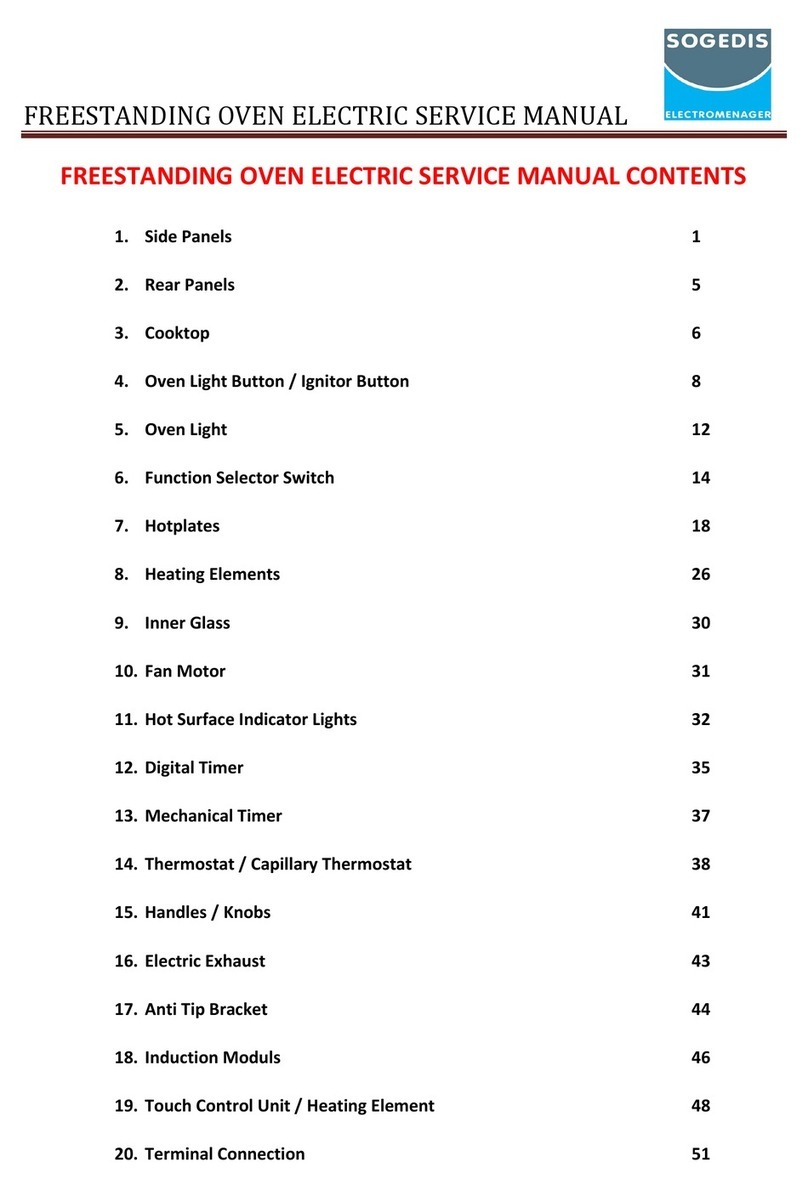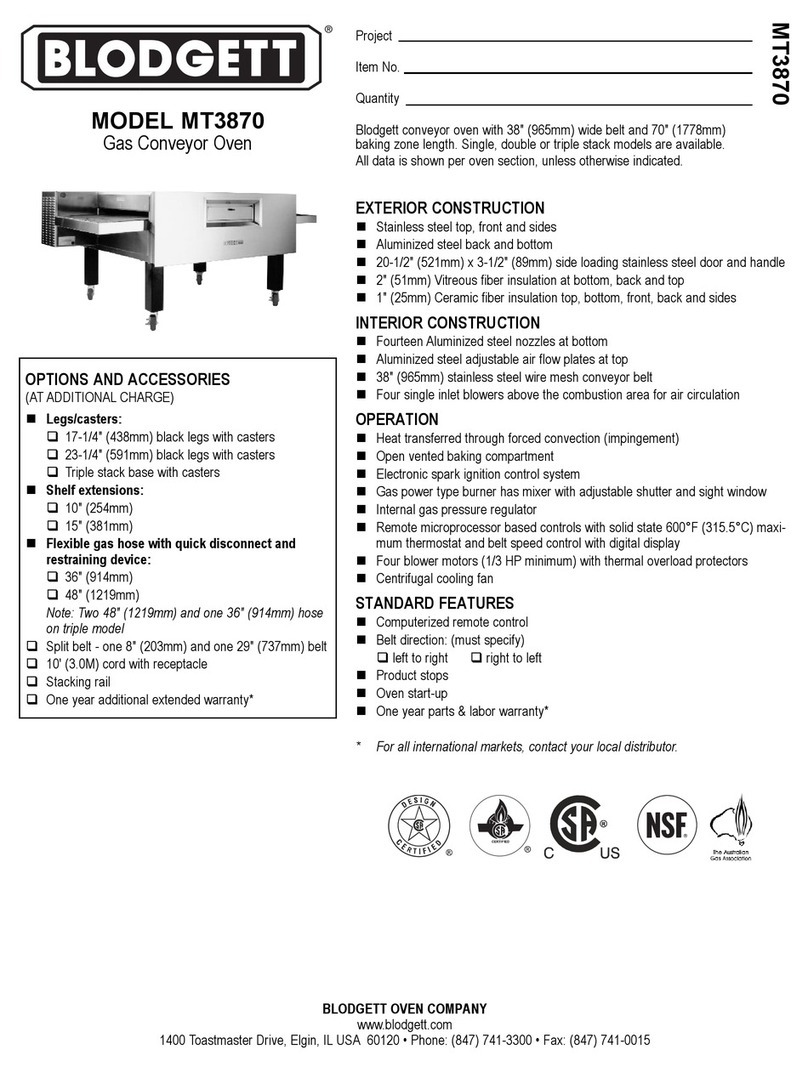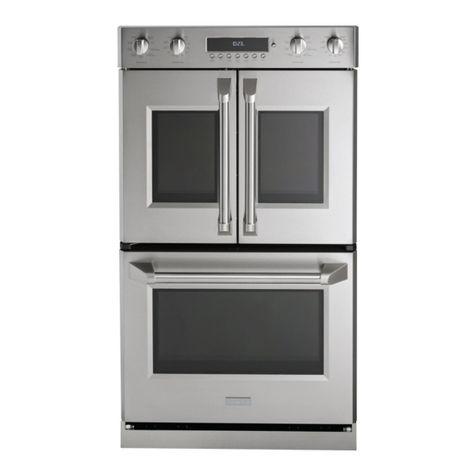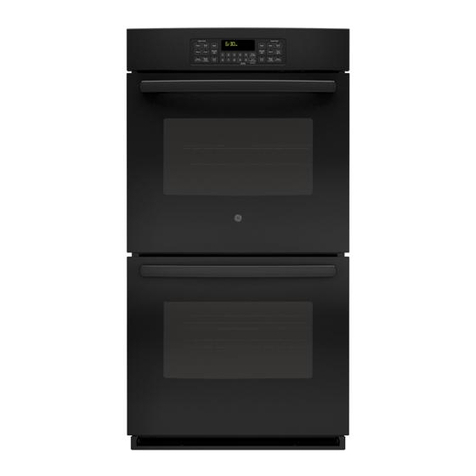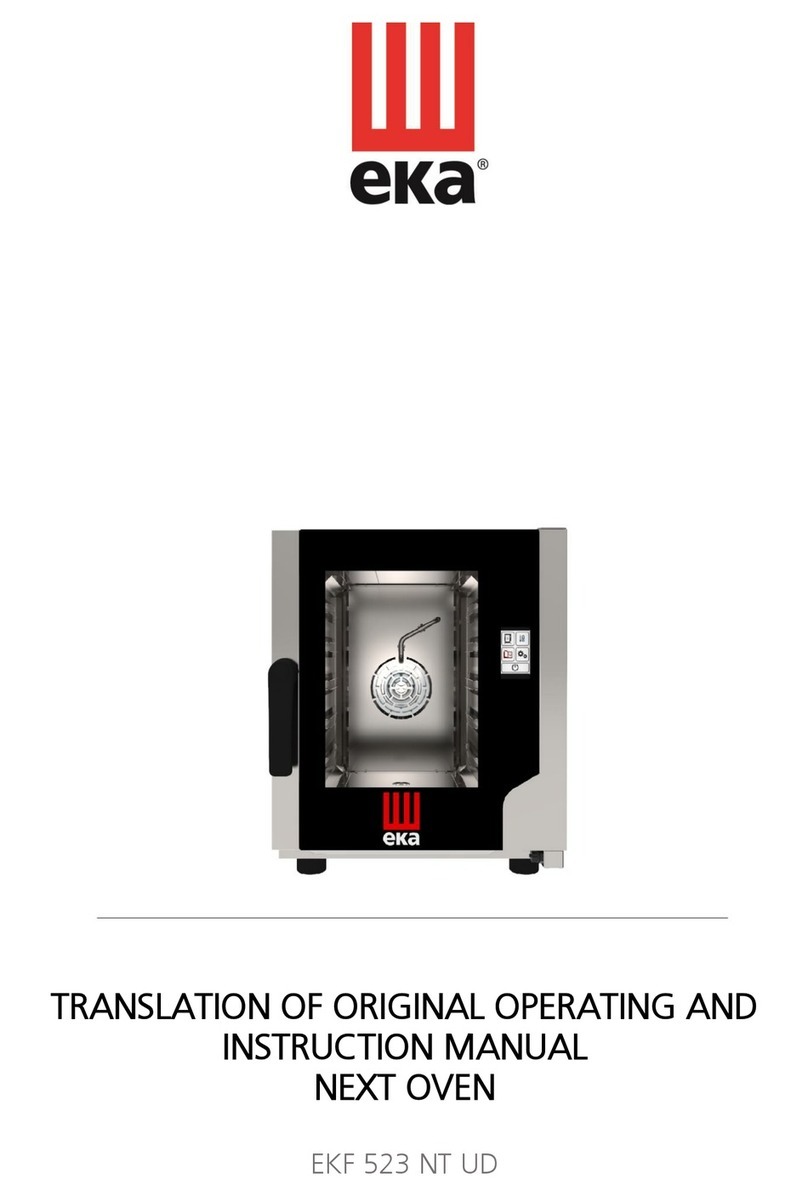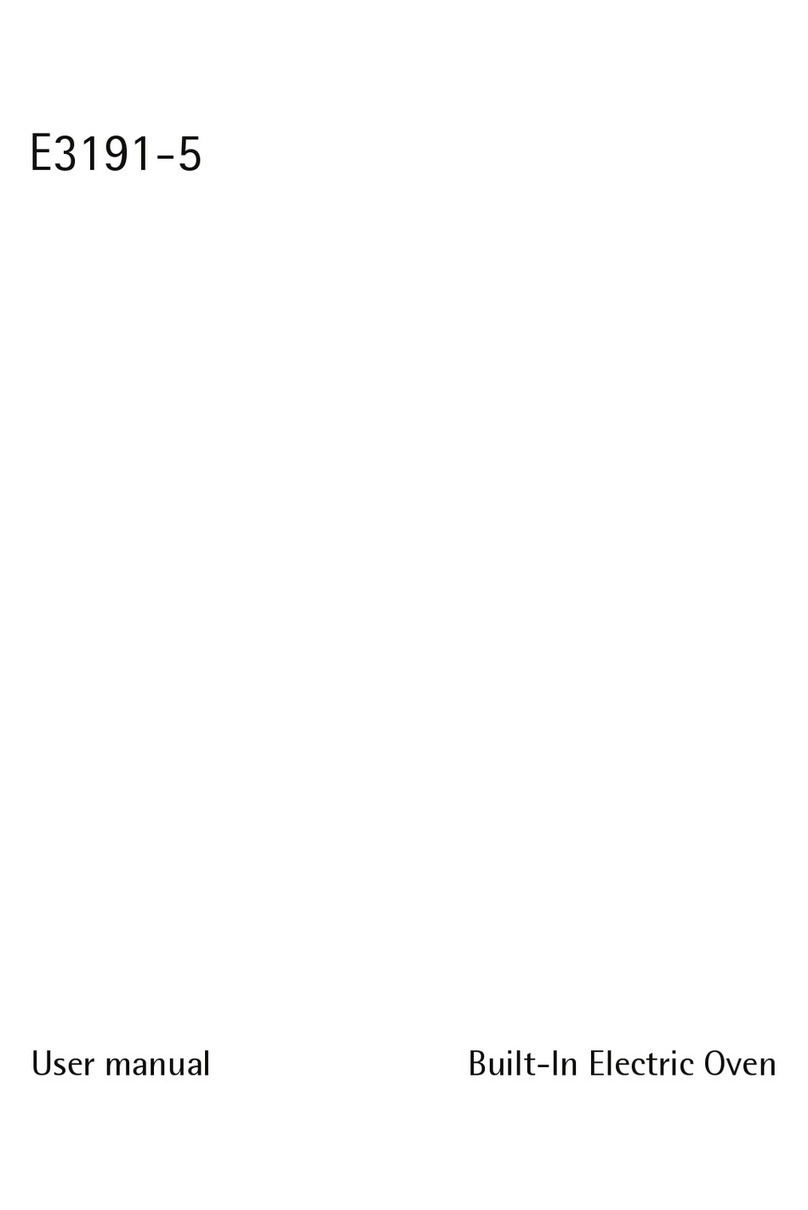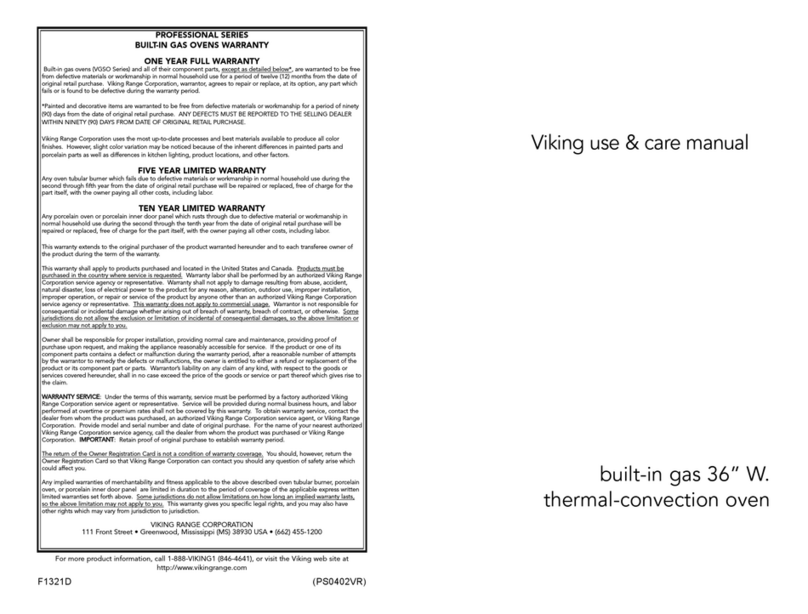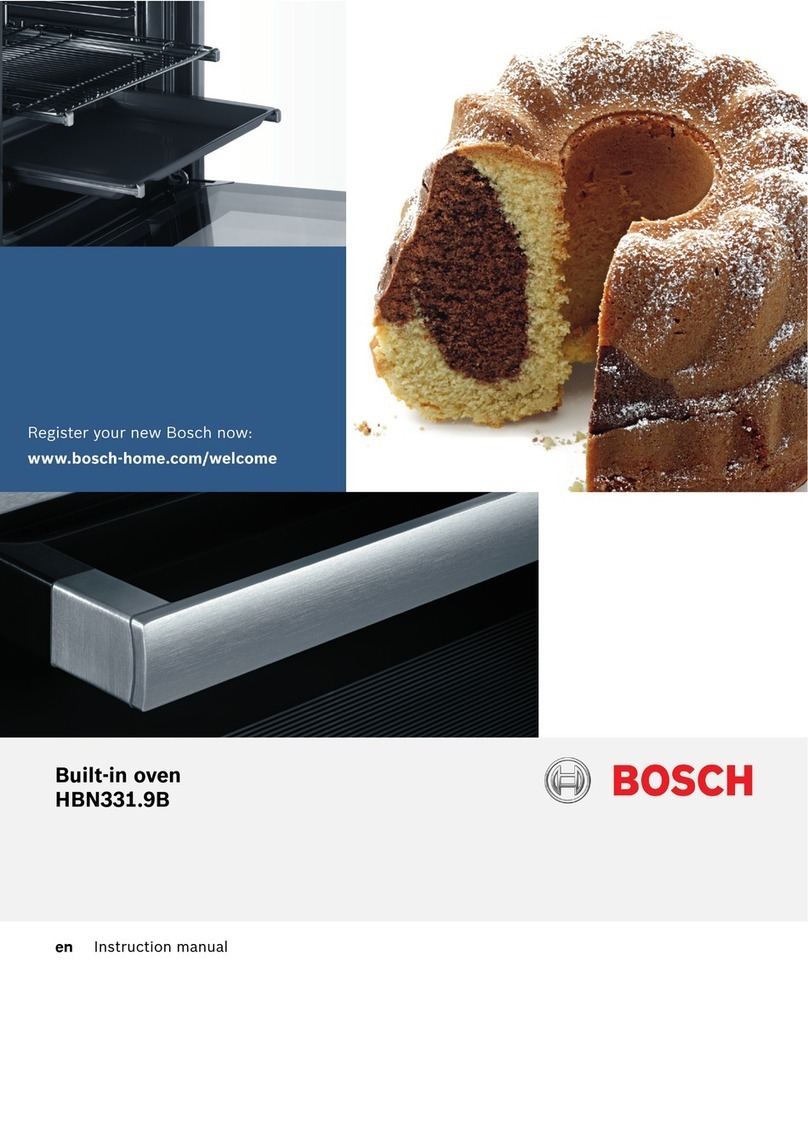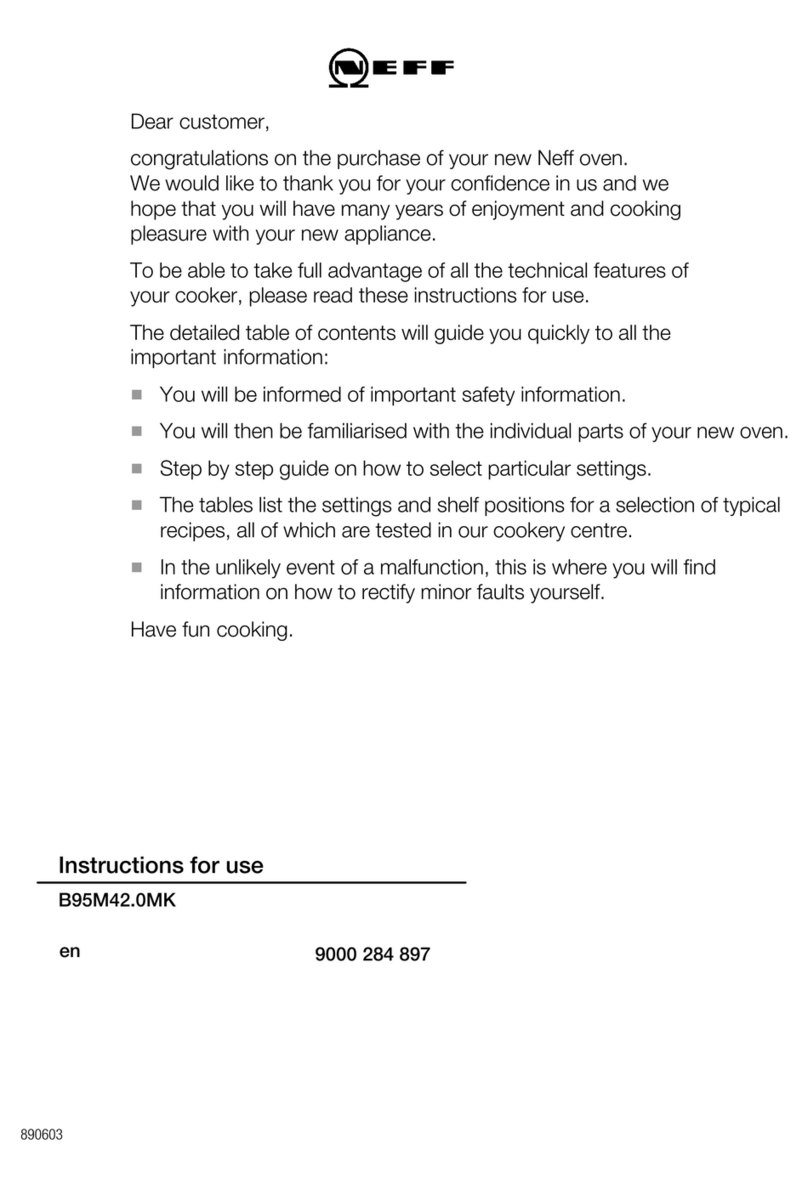4
Gas supply requirements
This appliance should be fitted by a Corgi registered fitter. The installation must comply
with Gas Supply Regulations 1972 and the relevant codes of practice.
CDA are not legally able to provide any assistance in the installation of gas appliances
except to Corgi registered installers. Any Corgi registered fitter requiring help must pro-
vide name, address and registration number.
Information supplied will be validated before help is provided.
This appliance is suitable for conversion to liquid petroleum gas. A kit should be
available from the place of purchase. Do not attempt to fit the kit yourself.
If installation is to be carried out using a flexible connector (to BS669), then the
following points must be adhered to:
Note: The gas installation pipes and the final connection to the appliance connecting
pipe shall be sufficient size to maintain the heat output of the appliance as specified
under installation.
1. The appliance flexible connector should not be subject to undue forces, either in
normal use whilst being connected or disconnected.
2. The appliance flexible connector should not be subject to excessive heat by direct
exposure to flue products or by contact with hot surfaces.
Note: The flexible connector must be able to withstand temperatures up to and
including 95°C.
3. The socket into which the plug of the appliance flexible connector fits should be
permanently attached to a firmly fixed gas installation pipe and positioned such that
the hose hangs freely downwards.
4. The appliance flexible connector should be positioned such that it will not suffer
mechanical damage; eg abrasion from the surrounding kitchen furniture which may
be moved in use, such as a door or drawer, or by being trapped by a stability
device.
5. The plug-in connector should be accessible for disconnection after moving the
appliance.
6. After connecting to the mains, check that the couplings are correctly
sealed, using soapy solution, but never a naked flame.
